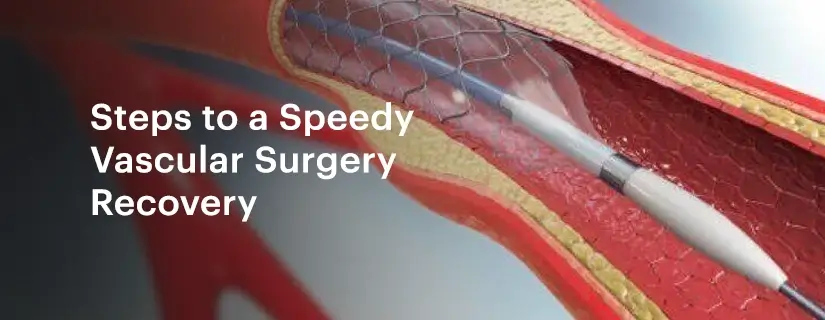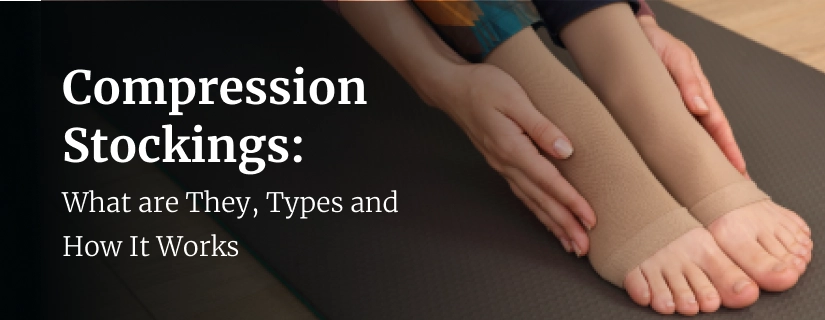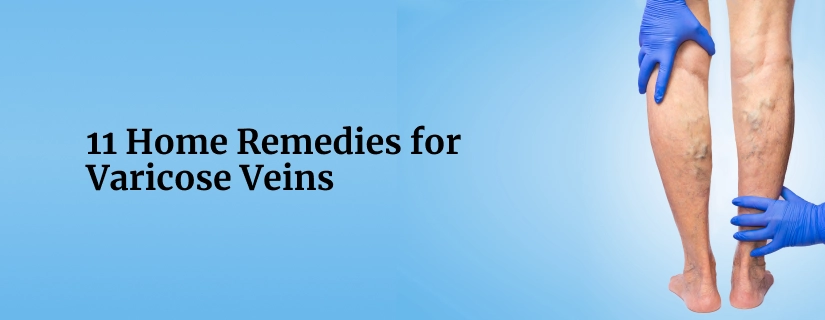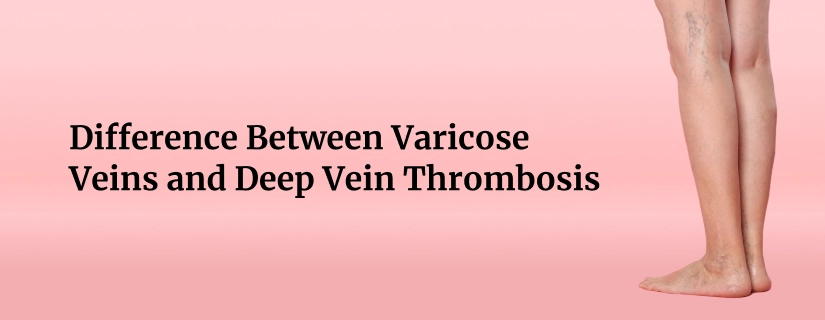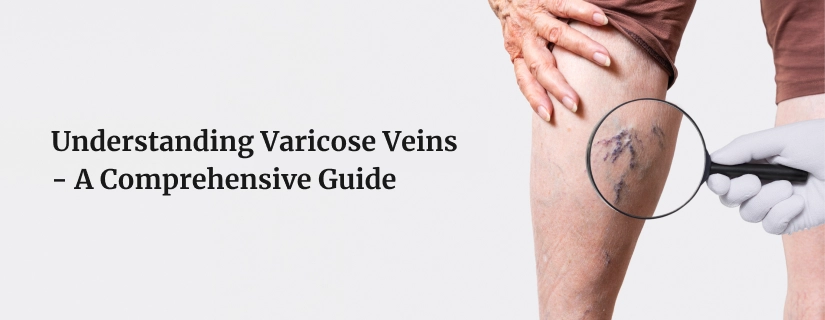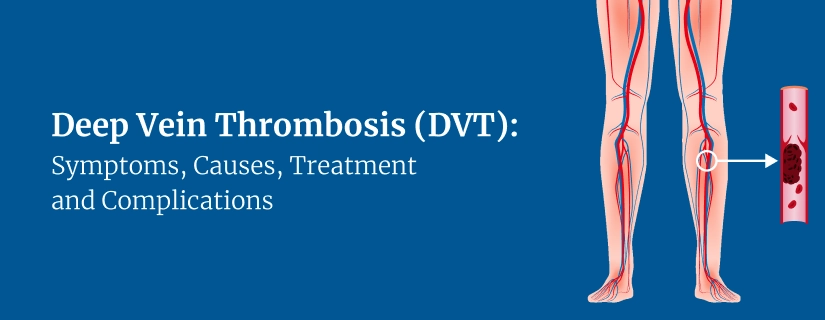-
Doctors
-
Specialities & Treatments
Centre of Excellence
Specialties
Treatments and Procedures
Hospitals & Directions HyderabadCARE Hospitals, Banjara Hills CARE Outpatient Centre, Banjara Hills CARE Hospitals, HITEC City CARE Hospitals, Nampally Gurunanak CARE Hospitals, Musheerabad CARE Hospitals Outpatient Centre, HITEC City CARE Hospitals, Malakpet
HyderabadCARE Hospitals, Banjara Hills CARE Outpatient Centre, Banjara Hills CARE Hospitals, HITEC City CARE Hospitals, Nampally Gurunanak CARE Hospitals, Musheerabad CARE Hospitals Outpatient Centre, HITEC City CARE Hospitals, Malakpet Raipur
Raipur
 Bhubaneswar
Bhubaneswar Visakhapatnam
Visakhapatnam
 Nagpur
Nagpur
 Indore
Indore
 Chh. Sambhajinagar
Chh. SambhajinagarClinics & Medical Centers
Book an AppointmentContact Us
Online Lab Reports
Book an Appointment
Consult Super-Specialist Doctors at CARE Hospitals
Peripheral Vascular Disease: Symptoms, Risk Factors and Diagnosis
Updated on 8 September 2022
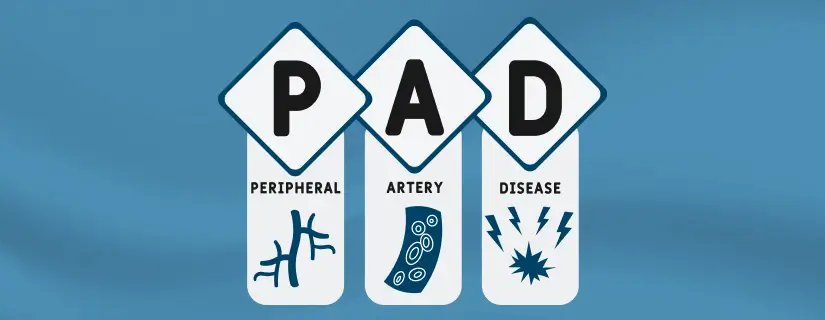
Peripheral Vascular Disease (PVD) is a condition in which the blood vessels become narrow or get blocked due to the formation of atheroma or deposition of fat and calcium. Due to the narrowing or blockages, the blood cannot flow freely to the organs (especially limbs in the case of PVD) and can cause symptoms. It is most commonly seen in the legs and toes.
Risk Factors for Peripheral Vascular Disease
The factors that increase the risk of peripheral vascular disease include the following,
- Smoking is an important risk factor. PVD occurs more in people who smoke cigarettes or other tobacco products.
- Age is also a risk factor as PVD is commonly seen in people older than 50 years.
- Diabetes, high blood pressure, or high blood cholesterol levels affect the long-run arteries and lead to PVD.
- People who suffer from heart disease or have a family history of heart disease are also at a greater risk of suffering from PVD.
- A sedentary lifestyle and lack of nutrients and vitamins in the diet can lead to PVD.
Symptoms of Peripheral Vascular Disease
Many people suffering from peripheral vascular disease do not experience any symptoms in the early stages. However, a few PVD symptoms that can be prevalent are,
- Pain is the most common symptom of Peripheral Vascular Disease. A person suffering from PVD may experience weakness and tiredness in the legs when walking or exercising which is relieved with rest. The typical pain of PVD appears again on walking for the same distance.
- The pain is mainly experienced in the thighs, calves, and buttocks.
- In advanced disease or complete blockage, the pain becomes continuous, known as rest pain and then gangrene of the toes or an ulcer develops which does not heal by standard wound care and will require intervention.
Diagnosis of Peripheral Vascular Disease
If you experience any pain in your legs after walking or exercising or after prolonged standing, you must consult with a vascular surgeon. Early diagnosis of vascular disease can help in preventing the complications of the disease and save the limb.
The doctor will take your detailed medical history and perform a physical examination to come to a diagnosis. The doctor may also ask to get some tests done for confirmation of a diagnosis of the PVD and to plan the treatment.
The Ankle-Brachial Index: This test is done to measure the blood pressure around the ankle and arm before and during exercise. The blood pressure is low if there is a blockage in the artery of your leg, which indicates that you are suffering from PVD.
Pulse Volume Recording: This test is done to measure the changes in the pulse volume in the legs. This is done with a device using the same principle as the saturation probe used for measuring oxygen levels. This helps to identify if the pain is due to PVD or some other reason in a person with normal or equivalent ABI.
Vascular imaging: A vascular surgeon may ask for a Doppler ultrasound, CT angiogram or MR angiogram of the limbs to confirm the diagnosis or plan treatment for PVD. This imaging helps to diagnose the narrowing, locate the site of narrowing or blockages, know the severity of the disease and then plan what treatment is suitable for the patient like endovascular stenting or open bypass surgery.
Treatment for Peripheral Vascular Disease (PVD)
Early diagnosis can help in treating PVD by making lifestyle changes, taking the right treatment and saving the limb,
Lifestyle and Diet Changes
- STOP Smoking and stop the use of tobacco in any form like gutka, paan etc.
- Walking is a good exercise for reducing the symptoms of PVD. A regular walk can give relief from symptoms of pain and discomfort in the legs.
- A balanced diet, low in cholesterol, sodium and trans-fats and high in fibre, vitamins and minerals helps in reducing the risk of PVD and progression.
- Good control of blood pressure, cholesterol levels and blood sugar levels prevent the complications and advanced symptoms of PVD.
- People who are obese must lose weight by doing exercise and diet modifications to reduce the build-up of plaque in arteries.
Medications
You must consult with a vascular surgeon at the Best Vascular Surgery Hospitals in Hyderabad to take the right treatment for PVD. The doctor can recommend medicines for improving circulation, pain management, blood pressure control and cholesterol control. Do not start or stop any medications without consulting your doctor.
Surgical Treatment
For advanced cases of PVD, the Best Vascular Surgeons In Hyderabad may recommend surgical treatment. Treatments such as Balloon Angioplasty, stenting, Atherectomy, and Peripheral Bypass Surgery are some of the available surgical options. The doctor will choose the best possible treatment option depending on the patient's symptoms, the general condition of the patient and the severity of the problem. In some cases, the patient requires a surgical intervention but may not b possible due to unfavourable arteries and complete blockage at multiple levels, in such cases stem cell therapy, prostaglandin therapy and medical management are given.
Conclusion
Peripheral vascular disease is an ongoing ever-lasting health problem. One must seek medical help if a foot sore does not heal quickly or you experience severe pain in the legs after walking. A correct and early diagnosis can help in choosing proper treatment and save a limb and life. Making lifestyle changes with good control of blood pressure and sugar levels can also help reduce the risk of complications and prevent the progression of PVD.
ENQUIRY FORM
SELECT CATEGORIES
-
Neurosciences (16)
-
Neurology (37)
-
Neurosurgery (14)
-
Orthopaedics (48)
-
Oncology (33)
-
Obstetrics and gynecology (51)
-
Pulmonology (23)
-
Urology (20)
-
Nephrology (13)
-
Psychiatry (7)
-
Dietetics and Nutrition (111)
-
General Medicine (63)
-
Cardiac Sciences (30)
-
Vascular & Endovascular Surgery and Interventional Radiology (10)
-
Gastroenterology (46)
-
Endocrinology (23)
-
Plastic Surgery (10)
-
Critical Care Medicine (5)
-
COVID-19 (16)
-
Dermatology (16)
-
Emergency Care (1)
-
Ophthalmology (4)
-
Pediatrics (14)
-
Laparoscopic and Bariatric Surgery (8)
-
ENT (15)
-
Kidney Transplant (1)
-
Liver Transplantation and Hepatobiliary Surgery (5)
-
General Surgery (3)
-
Internal Medicine (5)
-
Medicine Information
Major Lifestyle Changes to Manage Obesity
Varicose veins: Symptoms, Causes, Diagnosis, and Treatment
YOU MAY ALSO LIKE
RECENT BLOGS
-
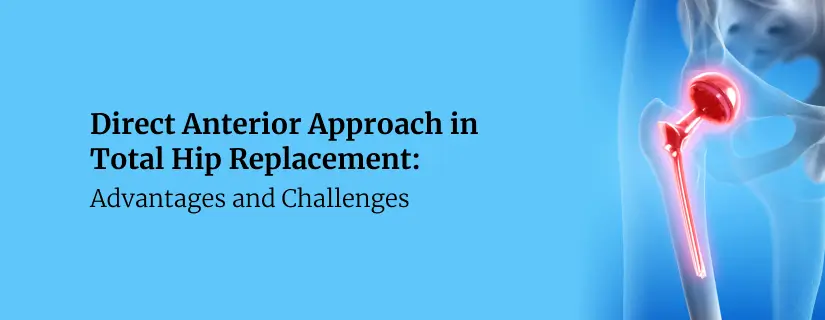
Direct Anterior Approach in Total Hip Replacement: Advantages and Challenges
10 April 2025
Read More
-
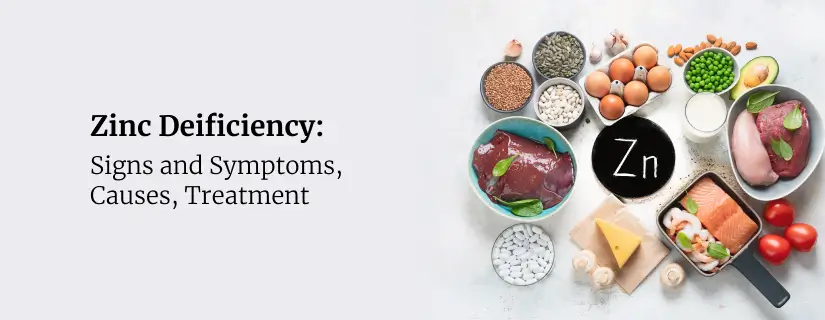
Zinc Deficiency: Signs and Symptoms, Causes, Treatment
9 April 2025
Read More
-
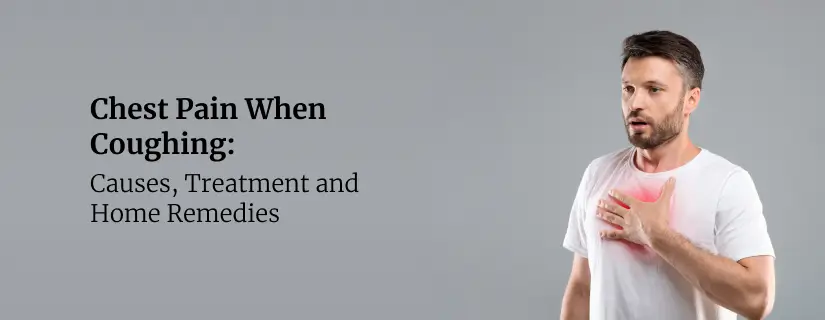
Chest Pain When Coughing: Causes, Treatment and Home Remedies
9 April 2025
Read More
-

12 Health Benefits of Eating Mushrooms
8 April 2025
Read More
-
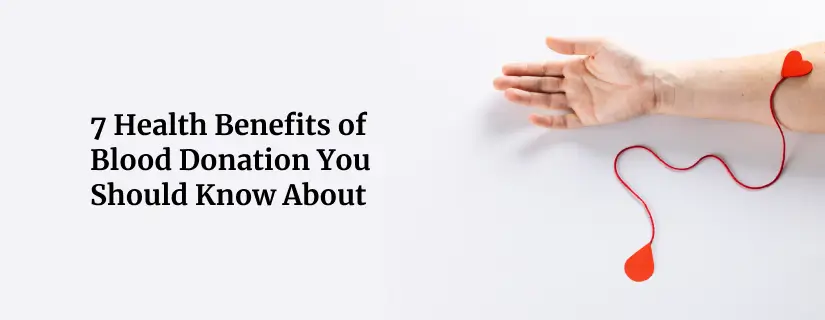
7 Health Benefits of Blood Donation You Should Know About
8 April 2025
Read More
-

Implantation Bleeding Vs Periods: Know the Difference
28 February 2025
Read More
-

Bloating During Ovulation: Symptoms, Causes and Remedies
28 February 2025
Read More
-
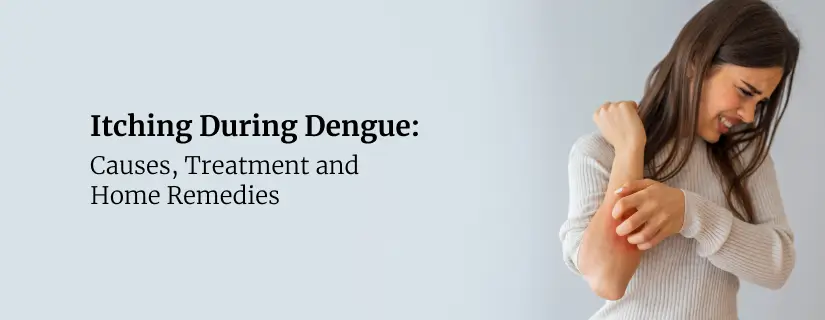
Itching During Dengue: Causes, Treatment and Home Remedies
18 February 2025
Read More
Have a Question?
If you cannot find answers to your queries, please fill out the enquiry form or call the number below. We will contact you shortly.



